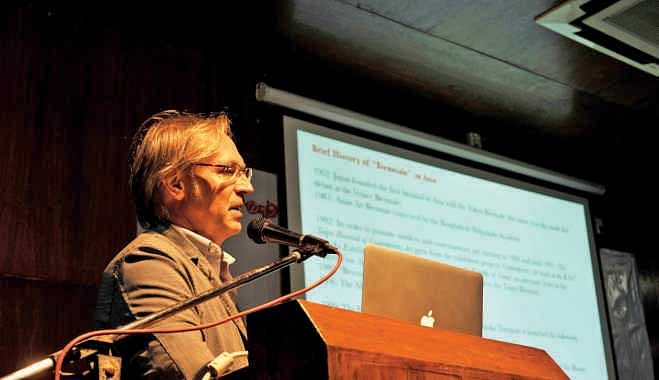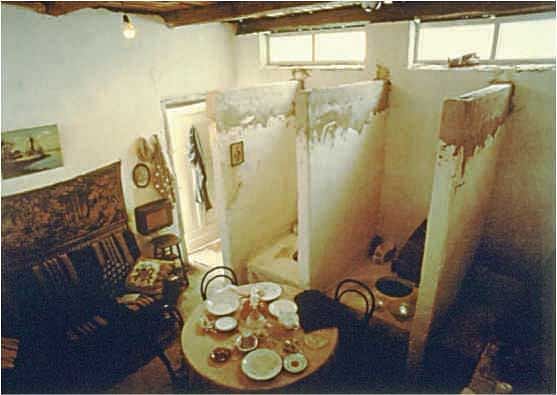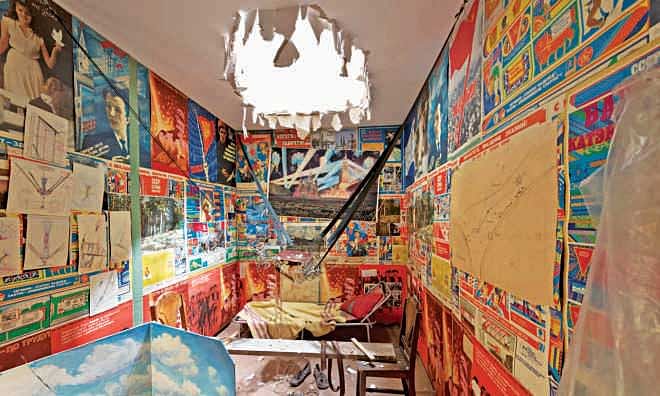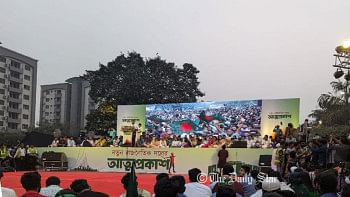A CRITIC'S EXPERIENCE IN THE GLOBAL AREA

“If art comes from everywhere and everyone thinks differently, why does so much of what we see these days look the same?”
— Jerry Saltz on Art's Insidious New Cliché: Neo-Mannerism
According to Dr Bartelik, that's one of the dilemmas we face when we look at contemporary art. The motivation of his expedition comes from his search for art that is unique and the artists who work differently around the globe. The New York based art critic travels around the globe and for the past 21 years, has been writing for Artforum which is one of the most influential art publication in the world. On January 6, 2015 the internationally acclaimed art critic Dr Marek Bartelik shares the story of his experience and involvement with Artforum, in the Goethe Institut. The hall full of guests consisted of distinguished artists, architects, art connoisseurs and many art lovers. The lecture was a part of the ongoing series of seminars, initiated by the bi-annual art publication, Depart. Current president of the International Association of Art Critics (AICA), Dr Marek Bartelik has been teaching modern and contemporary art at the Cooper Union for the Advancement of Science and Art in New York since 1996. He is a visiting professor at prestigious institutions like Yale and MIT. Dr Bartelik is also the author of To Invent a Garden, Early Polish Modern Art and many more.
A fragment of Fernando Pesson's writings which says “we all have futurist moments, as when, for example, we trip on a stone” is similar to what inspires Dr Bartelik who is also a poet who wants to trip on a stone before going to any new art exhibition. He says that one has to be vulnerable and open-minded in order to have a true experience of art. In order to be critical, we need to carry a “NO” sign as much as the sign “YES”. We need to question rather than just affirm, in order to think about how things can be improved. His conceptual components are:

Presence of nomad art: He considers himself to be a nomadic critic, a critic on a move. He tries to define what nomadic experience consists of. For him, nomad art exists on a smooth plane, rather than on a thrived one. Instead of just being a visual experience, we can think of art being a tactile experience which doesn't only involve physical touch but also involves senses.
Presence of chance should be a part of art is what he believes.
Along with that there should be the logic of sensations that is the combination of the forces of understanding and feeling.
Dr Marek Bartelik has published articles on many distinguished artists and shares a few with the audience, during the lecture. One of them was about the American conceptual artist, Ilya Kabakov.
According to the nomad critic, Ilya Kabakov is the most successful and accomplished artist of the 80's and plays a major role in contemporary art. In 1992 Kabakov constructed an exact replica of provincial Soviet toilet - the kind that one encounters in bus and train stations - for the Documenta show in Kassel, Germany. Instead of relocating a toilet into a museum, this piece relocates a family's living space into a public bathroom, and then puts the entire bathroom into a museum. In “The Toilet”, the artists have set up a make-shift living space complete with a dining table and place settings. The drabness exuded by the dilapidated walls imposes itself on the sense of domestic life conjured in this public space which was reallocated as a private living space.

One of Kabakov's famous projects is the one he did after he moved to New York. It was the recreation of his studio in Moscow, called 'The Man Who Flew Into Space from His Apartment'. The room still contains the contraption, a gaping hole in the ceiling, and scientific drawings and diagrams tacked to a wall that is covered with wallpaper composed of old Soviet propaganda posters.
Kabakov always describes the situation so it's not just visual but also comes with a text which says that one day people came to the studio and saw the studio as it was, as the artist escaped from the ceiling and disappeared into the sky.
Dr Bartelik appreciates Ilya Kabanov's idea that says that art doesn't have to be beautiful; it can be clumsy and poor but powerful because one can find poetry in the clumsiness.
Similarly, Dr Marek Bartelik speaks about Cai Guo Qiang, Orlan, Ivens Machado, Alejandro Kuropatwa, Mira Schendel, Francisco Vezzoli, Boris Mikhaoilov and many more from all over Europe and America. Alongside, the nomad critic explains art with various ideas and leaves the audience mesmerized.

 For all latest news, follow The Daily Star's Google News channel.
For all latest news, follow The Daily Star's Google News channel. 



Comments